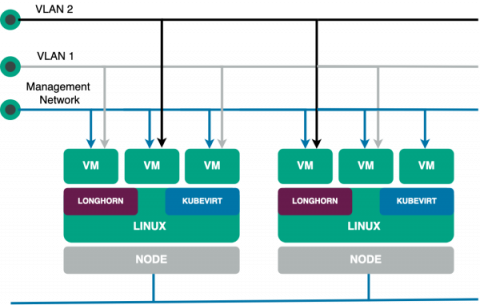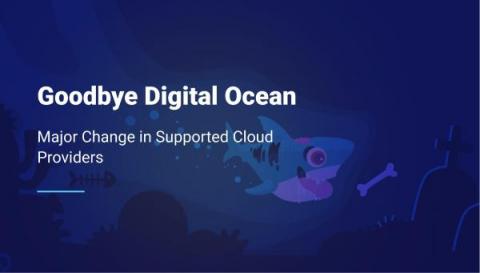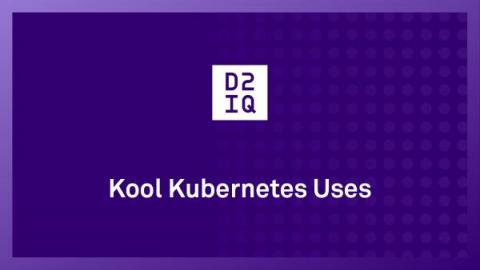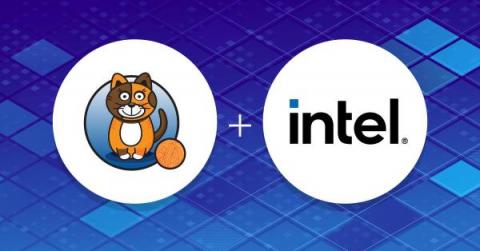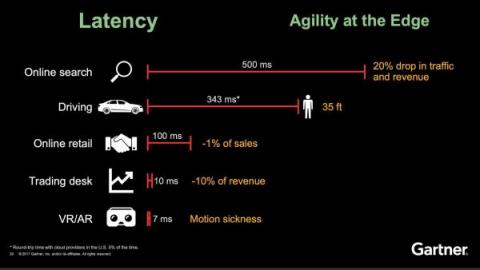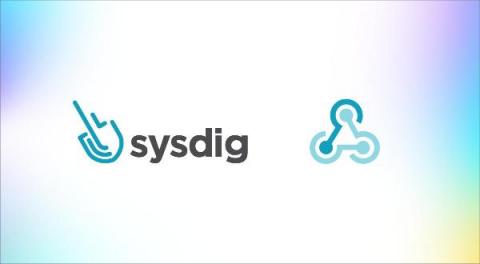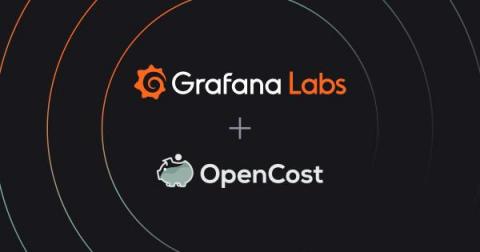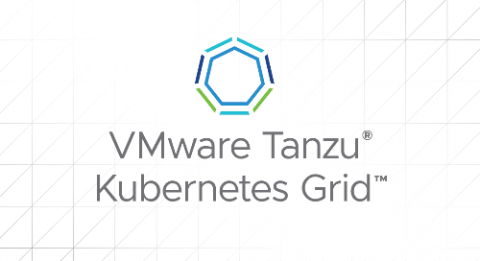Using Hyperconverged Infrastructure for Kubernetes
Companies face multiple challenges when migrating their applications and services to the cloud, and one of them is infrastructure management. The ideal scenario would be that all workloads could be containerized. In that case, the organization could use a Kubernetes-based service, like Amazon Web Services (AWS), Google Cloud or Azure, to deploy and manage applications, services and storage in a cloud native environment. Unfortunately, this scenario isn’t always possible.


